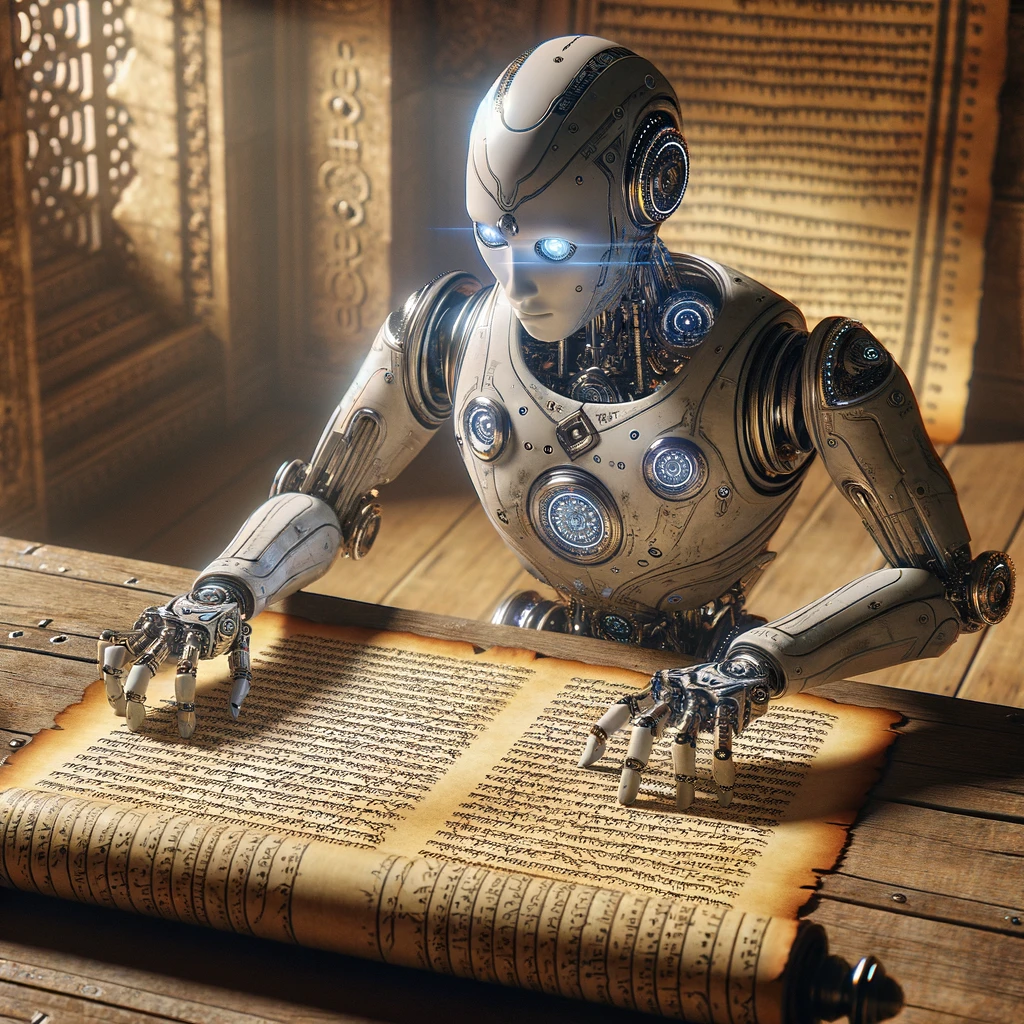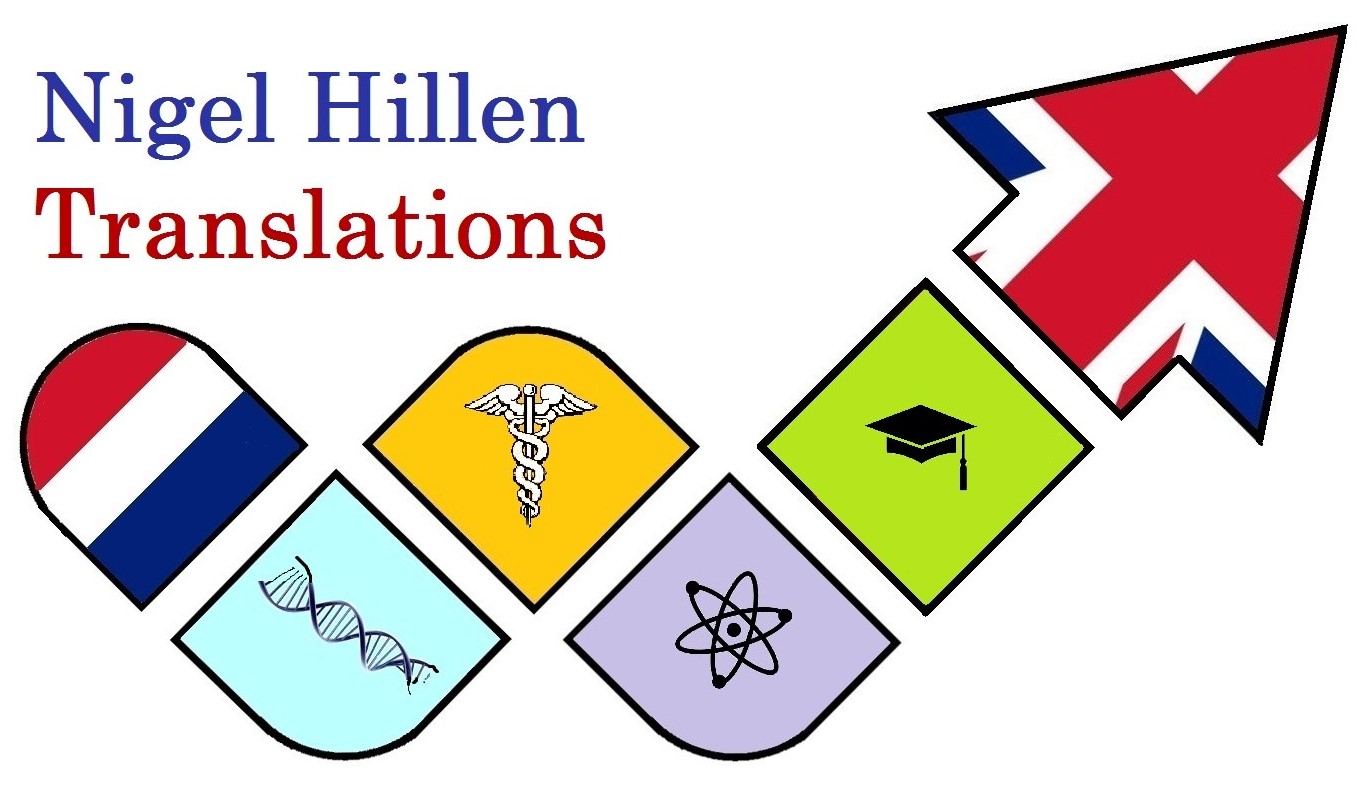
In recent years, the field of artificial intelligence (AI) has witnessed remarkable progress in the development of large language models, such as GPT-3.5 and its successors. These AI models have revolutionized the way we interact with language, making significant strides in natural language understanding, generation, and translation. While large language models have undoubtedly brought about transformative changes, they have not eliminated the need for human translators. In this blog post, I’ll delve into the world of large language models, their capabilities, and why human translators still play an indispensable role.
The Power of Large Language Models
Large language models like GPT-3.5 are trained on massive datasets containing vast amounts of text from the internet. They excel at tasks such as language generation, text summarization, question-answering, and even translation. These models have demonstrated an astonishing ability to produce coherent and contextually relevant text, making them invaluable tools for various applications.
- Translation: Large language models can translate text from one language to another, making them appear as proficient as human translators. They can handle multiple languages and dialects, making them versatile for global communication.
- Content Creation: Businesses and content creators leverage these models to generate marketing copy, articles, and creative pieces efficiently. This reduces the time and effort required to produce content.
- Chatbots and Virtual Assistants: Chatbots powered by large language models can engage in natural conversations with users, providing instant support and information.
- Information Retrieval: These models can sift through vast datasets to retrieve relevant information, aiding researchers, analysts, and professionals in various domains.
The Role of Human Translators
While large language models have made tremendous strides in automating language-related tasks, human translators still hold a unique and irreplaceable position for several compelling reasons:
1. Contextual Understanding:
Human translators possess a deep understanding of cultural nuances, idioms, and context-specific language use. They can accurately convey not just the words, but the intended meaning behind the text. This level of comprehension is often challenging for AI models to replicate fully.
2. Subject Matter Expertise:
Certain fields, such as legal, medical, or technical translations, require domain-specific knowledge. Human translators with expertise in these areas ensure accuracy and precision that general-purpose AI models may lack.
3. Quality Assurance:
Human translators can proofread, edit, and refine translations to perfection. They can identify and rectify errors, inconsistencies, or ambiguities, delivering polished and error-free content.
4. Ethical Considerations:
Translators adhere to ethical guidelines, ensuring sensitive information is handled confidentially and respecting cultural norms. Human translators exercise discretion and judgment, which is essential for diplomatic and legal translations.
5. Creativity and Adaptation:
In creative content, such as marketing slogans or literary works, human translators bring creativity and adaptability to the table. They can tailor translations to resonate with the target audience, a skill that AI models struggle to replicate.
The Future: Synergy Between AI and Human Translators
As AI continues to advance, there’s a bright future ahead where human translators and large language models work in synergy. AI can assist human translators by automating repetitive tasks, suggesting translations, or providing immediate access to reference materials. This collaboration can enhance efficiency without compromising on quality.
In conclusion, large language models have undoubtedly reshaped the landscape of language-related tasks, offering impressive speed and efficiency. However, the profound contextual understanding, subject matter expertise, and creativity that human translators bring to the table are qualities that remain unmatched by AI. While AI models are a valuable tool, they complement rather than replace the critical role of human translators. In the evolving world of language, the union of human expertise and AI capabilities promises to deliver the best of both worlds.

Leave a Reply